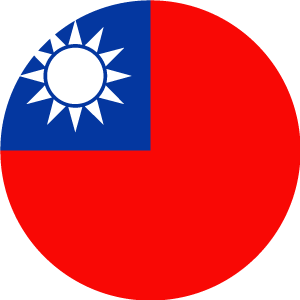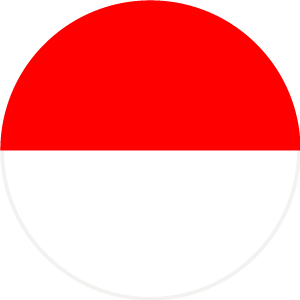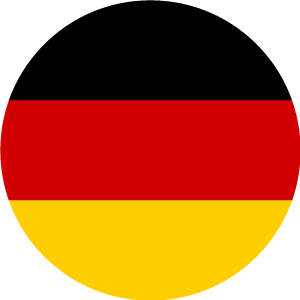Keyword Search Result
[Keyword] conductor loss(4hit)
| 1-4hit |
Analysis of Resonant Characteristics of Cavity Resonator with a Layered Conductor on Its Metal Walls
Hiroyuki TANAKA Akihiro TSUTSUMI
- PAPER-Measurement
- Vol:
- E86-C No:12
- Page(s):
- 2379-2386
In this paper, we present a numerical analysis for resonant characteristics of the TM010 mode of a cylindrical cavity containing a dielectric rod and a conductive layer on its metal walls. This analysis uses the mode matching method for calculation. Error in complex permittivity of a loaded dielectric rod measured using a layered cavity is evaluated as a function of thickness and layered conductor conductivity. A thick layered cavity is necessary for precise measurement of material properties using the cavity resonator method at microwave and millimeter-wave frequencies.
Precise Measurement of Microwave Permittivity Based on the Electromagnetic Fields in a Cavity Resonator with Finite Conductivity Walls
Hiroyuki TANAKA Akihiro TSUTSUMI
- PAPER-Measurement
- Vol:
- E86-C No:12
- Page(s):
- 2387-2393
In this paper, we calculated resonant frequency and unloaded Q-factor for the TM0i0 resonant mode excited in a cylindrical cavity composed of walls with finite conductivity and with a dielectric rod loaded coaxially along the central axis. Formulation for the calculation is made using the mode-matching method. Convergence of the calculation is checked. Values calculated by the present method for various combinations of dimensions, permittivity, and conductivity of the inner-components of cavity are compared with those calculated by a conventional method formulated using loss-less electromagnetic fields of cavity. Although the difference between the values calculated by those two methods is usually small, it is found that the difference increases as permittivity of dielectric rod increases and becomes about 10-6 in reciprocal of unloaded Q-factor of the loaded cavity in a presented case.
Unloaded Q of Image-Type Dielectric Resonator: Its New Packaging Method in a Metal Shield
Ikuo AWAI Hiroshi KUBO Yoshihiro ISHII Kazuki IWASHITA Atsushi SANADA
- PAPER
- Vol:
- E86-C No:8
- Page(s):
- 1642-1648
Unloaded Q of an image-type dielectric resonator is studied with the simulation and experiment. It is shown that a gap between the dielectric resonator and the shield case reduces both the dielectric loss and conductor loss. The gap moves the electric and magnetic field distributions in the different directions, so that the two losses are reduced. A half-cut image-type resonator with a dielectric spacer inserted into the gap is measured to verify the concept. The unloaded Q is improved by about two times from that without a gap. The proposed structure gives a new packaging method of a dielectric resonator.
Numerical and Experimental Investigation on Quality Factors of Coplanar Waveguide Resonators
- PAPER-Microwaves, Millimeter-Waves
- Vol:
- E83-C No:12
- Page(s):
- 1923-1929
Several types of coplanar waveguide (CPW) resonator are analyzed by use of the field decay method based on the FDTD algorithm in this paper. Quality (Q) factors of a CPW resonator, including radiation Q, conductor Q, dielectric Q and unloaded Q, are investigated thoroughly. A new procedure to calculate conductor Q is proposed. Some CPW resonators are fabricated and measured in order to validate the analysis method. It is shown that radiation from a CPW resonator can be reduced by means of the stepped impedance technique. It is also seen that miniaturization of CPW resonators can be realized if the stepped impedance structure is adopted.




















